As affordable 3D printers, especially high-resolution resin LED systems, continue to gain adoption within fan communities around the world, entirely new business models are starting to take shape, with the support of modern fund-raising tools, Patreon in particular. Graphic studios are creating collectible action figures, table-top game figurines, cosplay accessories, busts, movie memorabilia, and more for users to buy, download, and 3D print at home as part of ongoing 3D model subscriptions.

Studios like Titan Forge and Hex3D have built a following of fans, with thousands of subscribing and paying followers who monthly receive their latest creations in the form of STLs to download and print. They, along with dozens of similar companies around the world, have been in the business of creating 3D models for 3D printing since the early days of consumer 3D printing, at the beginning of the past decade.
Now many of these companies have grown—and outgrown—the early free 3D model networks, such as Thingiverse, created by additive manufacturing companies as a way to promote the use of their sellable products, the 3D printers, and materials. Now the 3D models are the sellable products.
Popular 3D model repositories such as CGTrader and Cults3D also continue to expand their offer of 3D models to buy and download however the difference with Patreon is that it promotes 3D model subscriptions with a business model that focuses on the artist or studio first, rather than on the model itself. And many of them prefer this approach.
In order to build and fuel their following, 3D artists and studios now use a network of social media and art-funding portals such as Patreon to build their communities and get paid regularly for their work. And it’s no longer just fun and games: for some of these companies and artists, creating 3D models is a full time team jopb.
Manufacturing on Demand
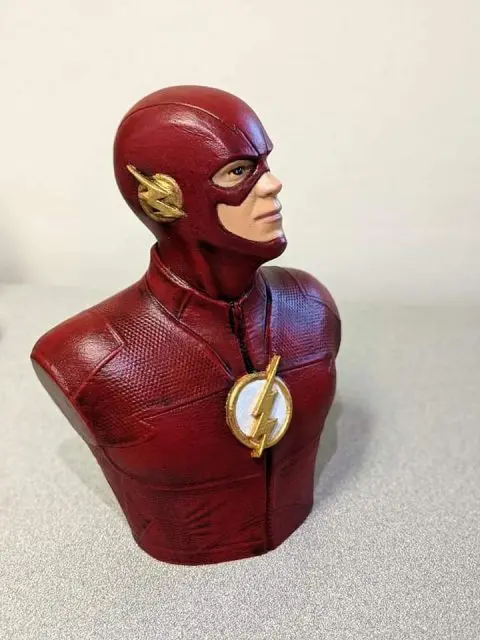
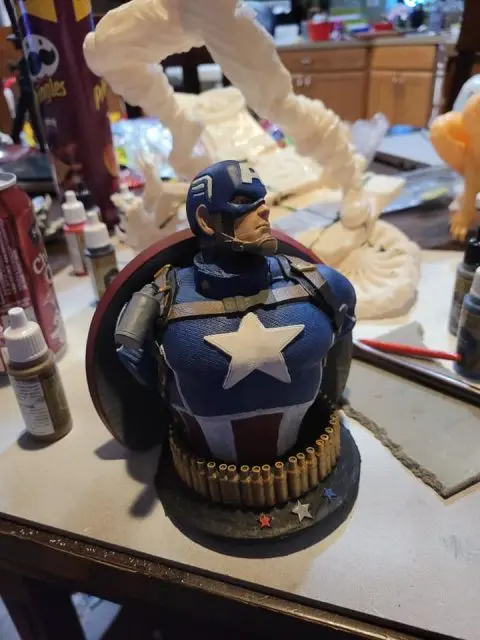
“I was releasing models on Thingiverse since I think it started or close to,” says Geoffro, founder of Hex3D. “This is my full-time job now and I work approximately 120 hours a week on this Patreon, usually 7 days a week with about 4-5 hours sleep each day with the very odd Sunday off. Sounds mad, I know – but when you enjoy what you do for a job – and you don’t have bosses to answer to or tell you to go home …But for me, it’s very easy to put in 20 hours and not realize the Sun has risen and fallen and you are still working on the same model. I honestly wouldn’t have it any other way.
Each month, Geoff adds 10-20 to the Patreon page. As of November 2020, Hex3D has published 25 gigabytes of models and thousands of 3D printable parts.. some of Hex3D’s larger projects have over 300 parts. There is a separate archive server where Patreon subscribers can access all of the previous releases dating back to the beginning.
B3DSERK is another studio selling 3D printable DC Comics action figures on Patreon. Each month a new Epic Sculpture and bust is released in STL format, tested and ready for 3D printing. Each month B3DSERK runs a poll with their community to decide on the next character to create. In this case, those who want to sell their prints can sign up for the $15/mo. tier, with which they also receive promotional materials, if needed. In no case can the STL itself be sold.
With over 10,000 patrons subscribing monthly, Poland-based Titan Forge is the largest studio selling 3D printable miniatures for fantasy board games (and for Sci-Fi ones too, through the Cyber Forge “division”). Their online store is a miniature supermarket, with hundreds of fantasy and sci-fi miniatures, bases for games, and tons of other general 3D printable figurines.
The potential business of 3D printing figurines for tabletop RPG games was one of the first to emerge when 3D printing became more accessible in the early 2010s. Now that high-resolution 3D printers are available to everyone, with a good level of reliability and a very low learning curve (often much lower than the games themselves), this once fantasy business has taken off, limited only by the imagination of the 3D model creators (and their communities).
* This article is reprinted from 3D Printing Media Network. If you are involved in infringement, please contact us to delete it.
Author: Davide Sher


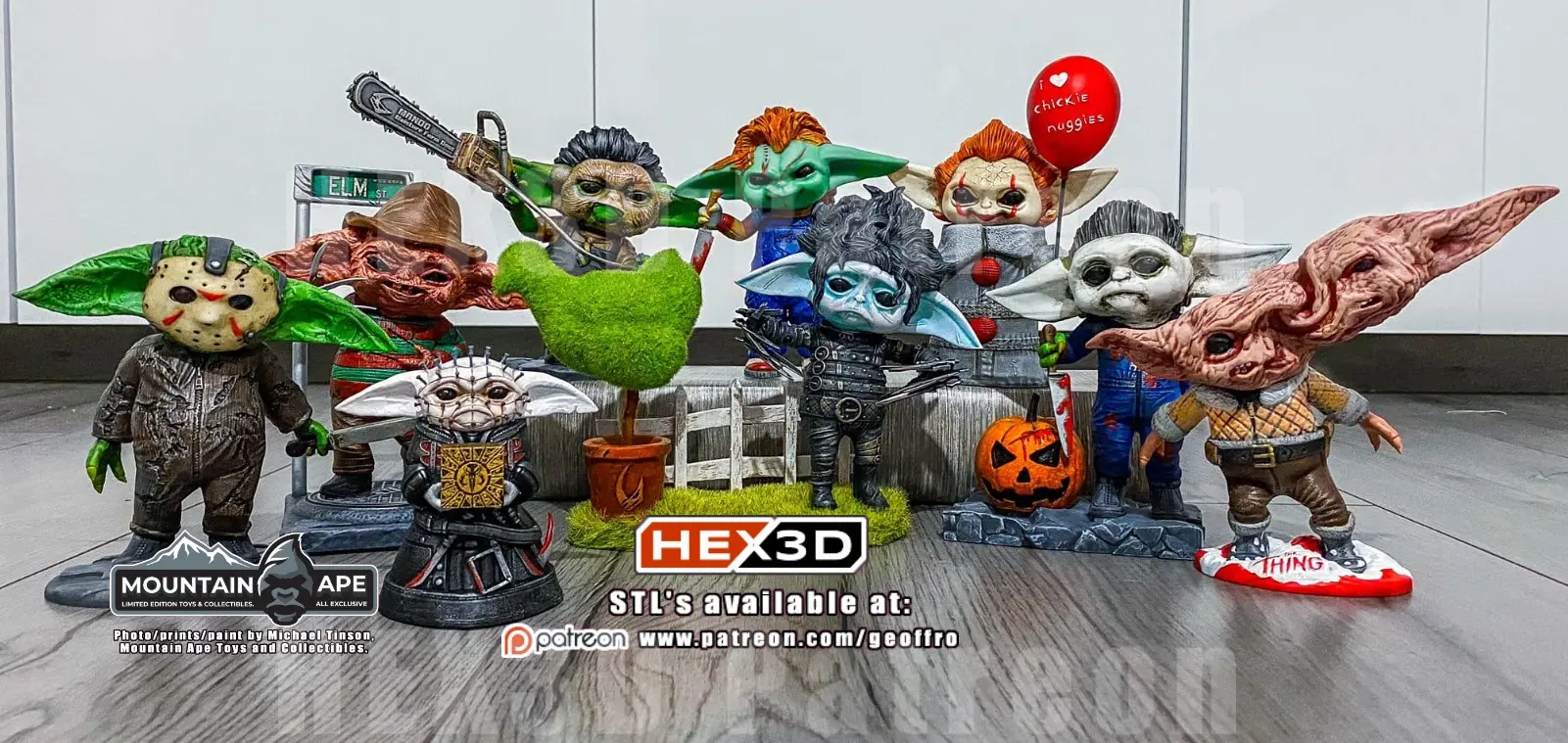
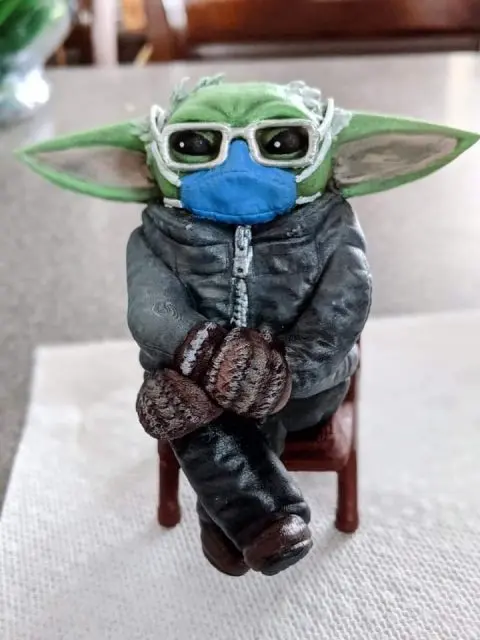
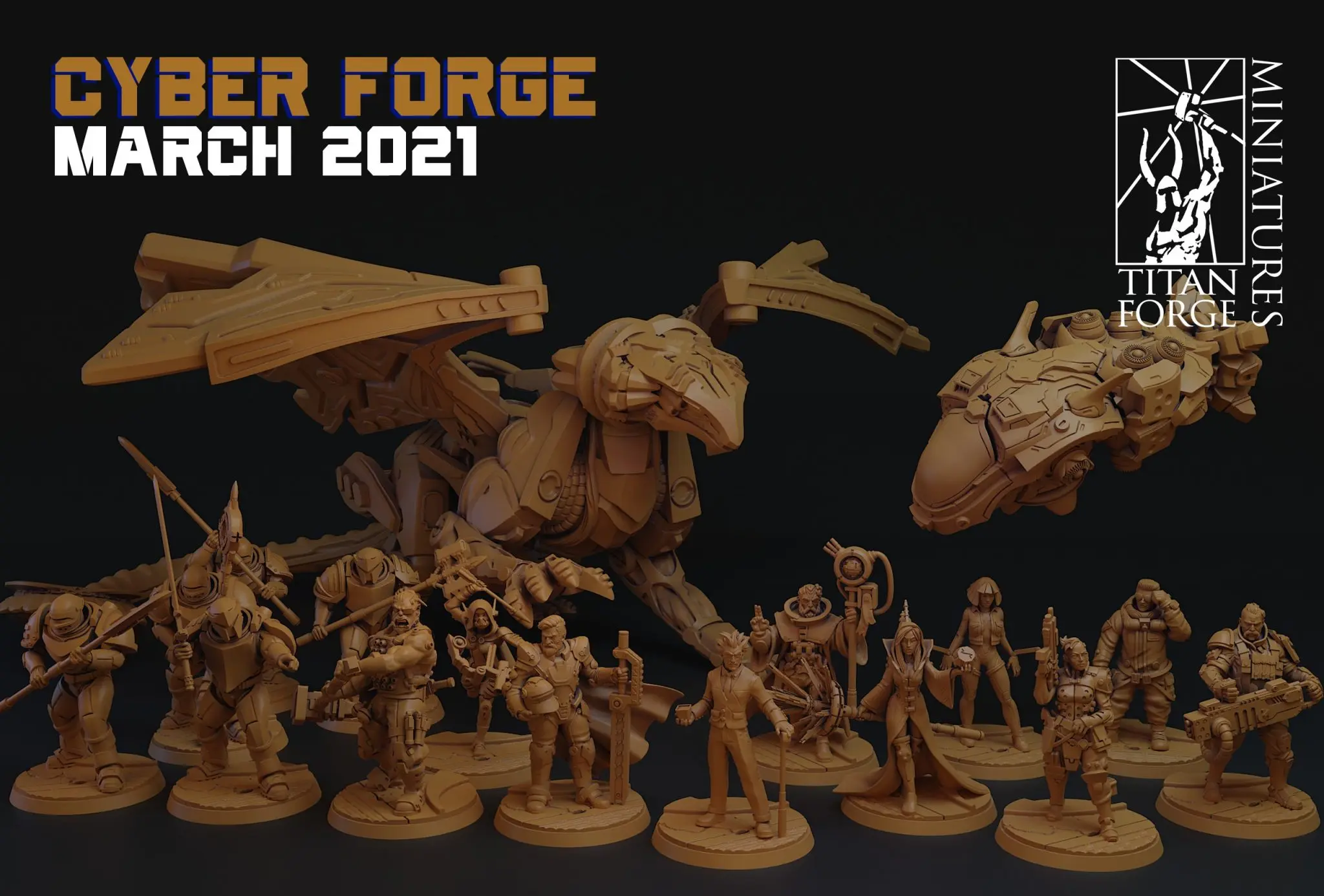
Leave A Comment